Understanding Blockchain Layer 1
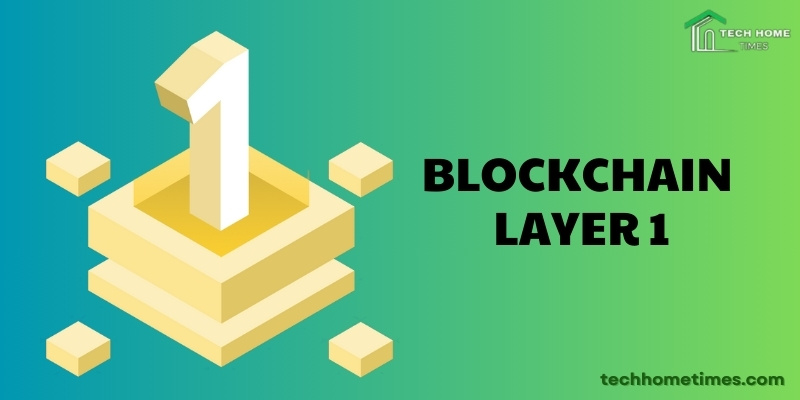
Blockchain Layer 1 is a fundamental platform that ensures the security and integrity of all transactions within the blockchain system. With its ability to directly process and secure data, it is transforming the way various industries operate, particularly in the cryptocurrency sector. Let’s dive deeper into what Blockchain Layer 1 is and its applications.
Contents
What is Blockchain Layer 1?
Blockchain Layer 1 is the base layer in the blockchain system where all the activities related to transaction validation and recording take place. It serves as the foundational platform, independent of other solution layers such as Layer 2 or Layer 3. All transactions, smart contracts, and data security are handled directly on this layer.
The Blockchain Layer 1 network combines algorithms and consensus mechanisms to verify transactions transparently and securely. Transactions are validated by nodes in the network and recorded in blocks, all without the need for third-party intervention.
Prominent Blockchain Layer 1 examples include Bitcoin and Ethereum, each with unique consensus mechanisms. Bitcoin uses Proof of Work (PoW), while Ethereum has transitioned to Proof of Stake (PoS) to optimize efficiency and security.
It is essential for building cryptocurrency networks, smart contracts, and decentralized applications (dApps). These blockchain networks provide both financial value and groundbreaking technological solutions across various industries.
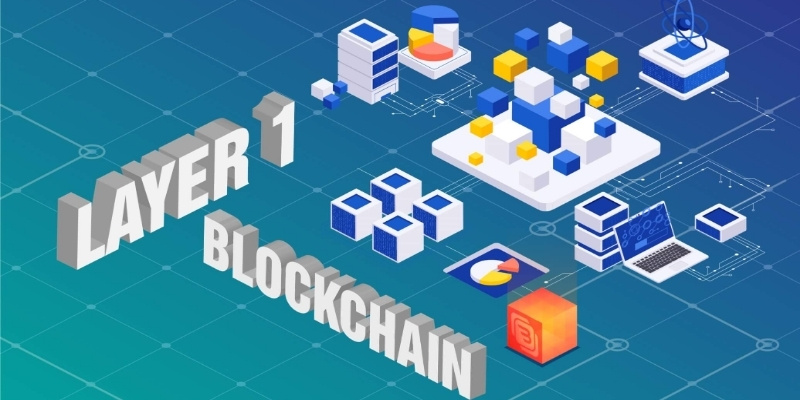
Key features of Blockchain Layer 1
Decentralization
One of the most significant features of Blockchain Layer 1 is decentralization, which means that there is no central authority or intermediary controlling the network. Instead, data and transactions are distributed across a global network of nodes, making it highly resistant to censorship and centralized control.
The decentralized nature of Layer 1 ensures that no single entity can alter or manipulate the blockchain’s records without the consensus of the majority of nodes in the network. This setup enhances the security and transparency of blockchain transactions, as every node has a copy of the entire transaction history.
If an attempt is made to alter any part of the data, the change would need to be reflected across all nodes, making it virtually impossible to alter the blockchain’s data without being detected. This decentralization also plays a critical role in preventing risks associated with cyberattacks. To successfully attack a blockchain, an attacker would need to control over 51% of the network’s nodes, which is practically unfeasible in large-scale blockchain networks like Bitcoin or Ethereum.
High Security
The security of Blockchain Layer 1 is another vital aspect that sets it apart from traditional centralized systems. Layer 1 networks employ sophisticated consensus mechanisms such as Proof of Work (PoW) and Proof of Stake (PoS) to ensure that transactions are validated accurately and securely.
In the case of Bitcoin, PoW requires miners to solve complex mathematical puzzles to validate transactions and secure the network. This process consumes substantial computational power and energy but makes it nearly impossible for malicious actors to manipulate the system.
Ethereum, which initially used PoW, has since transitioned to PoS, a more energy-efficient alternative. PoS requires participants to stake a certain amount of cryptocurrency (ETH, in this case) to become validators, who then confirm transactions and add them to the blockchain.
This mechanism ensures that only honest participants can verify transactions, as malicious validators risk losing their staked cryptocurrency. Both PoW and PoS mechanisms provide robust security for Layer 1 blockchain networks, making it highly difficult for hackers to tamper with transaction data or manipulate the blockchain’s records.
Scalability
Scalability has been a longstanding challenge for Blockchain Layer 1 networks. While these networks offer robust security and decentralization, they often struggle to process a high volume of transactions simultaneously, leading to slow transaction speeds and increased fees.
For example, Bitcoin’s network can handle only around 7 transactions per second, while Ethereum can process approximately 15 transactions per second. These limitations become particularly noticeable during periods of high demand, leading to network congestion and delays in transaction processing. To address scalability concerns, several Layer 1 networks, including Ethereum, have implemented various solutions.
Ethereum is working on sharding, a technique that divides the network into smaller, more manageable sections called shards. Each shard can process its transactions, allowing the network to handle multiple transactions simultaneously and improve overall performance. Additionally, advancements in Layer 1 technology continue to focus on optimizing transaction throughput, reducing bottlenecks, and increasing scalability without compromising decentralization or security.
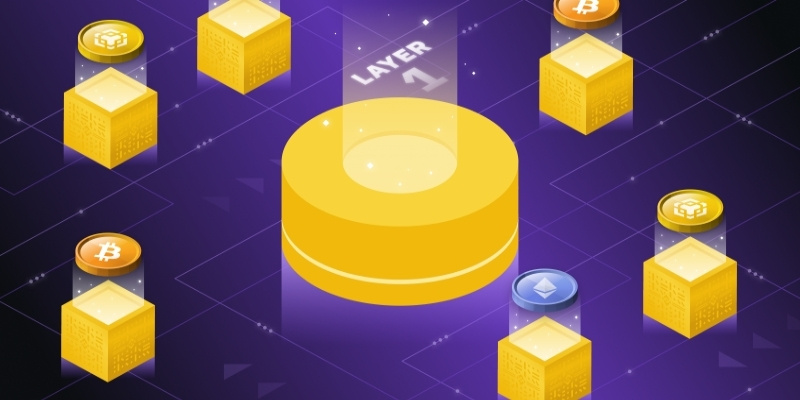
Applications of Blockchain Layer 1
Cryptocurrencies
Blockchain Layer 1 serves as the foundation for all cryptocurrencies, with Bitcoin being the most well-known and pioneering example. As the first decentralized digital currency, Bitcoin uses Layer 1 to validate and record all peer-to-peer transactions on its blockchain.
Transactions are confirmed by a decentralized network of miners, who use the Proof of Work consensus mechanism to secure the network and ensure that every transaction is legitimate. Other cryptocurrencies, such as Ethereum, Solana, and U2U, also operate on Layer 1 networks, offering varying degrees of scalability, transaction speeds, and consensus mechanisms.
Ethereum, for example, introduced the concept of smart contracts, which extend the capabilities of Layer 1 by enabling decentralized applications (dApps) to run directly on the blockchain. As cryptocurrency adoption continues to grow, Layer 1 networks will play an essential role in facilitating secure, transparent, and decentralized financial transactions across the globe.
Smart contracts
Smart contracts are self-executing agreements with the terms of the contract directly written into lines of code. These contracts automatically execute once predefined conditions are met, reducing the need for intermediaries and minimizing the risk of fraud. Blockchain Layer 1 networks, particularly Ethereum, have revolutionized the use of smart contracts. By leveraging Ethereum’s smart contract capabilities, developers can create decentralized applications (dApps) that function autonomously on the blockchain.
These smart contracts are immutable, meaning once deployed on the blockchain, they cannot be altered, ensuring that the agreed-upon terms are automatically enforced. The transparency of smart contracts also helps reduce disputes, as all parties can access the contract’s terms and be assured that the agreement will be executed exactly as specified.
Decentralized applications (dApps)
Decentralized applications (dApps) are applications that run directly on blockchain platforms, utilizing the security, decentralization, and immutability provided by Blockchain Layer 1 networks. Unlike traditional applications, dApps do not rely on centralized servers or authorities, reducing the risk of data breaches and censorship. Examples of dApps include blockchain games, decentralized finance (DeFi) applications, and marketplaces.
By leveraging the decentralization of Layer 1, dApps ensure that no central authority can control or manipulate the application’s operations. This leads to a more transparent and equitable ecosystem, where users have more control over their data and interactions. Additionally, the security features of Layer 1 networks make dApps less vulnerable to hacking and data tampering, creating a safer environment for users to interact with blockchain-based applications.
Popular Blockchain Layer 1 networks
Bitcoin
Bitcoin is the original and most widely recognized Blockchain Layer 1 network. Created by Satoshi Nakamoto in 2008, Bitcoin introduced the concept of a decentralized digital currency. It utilizes the Proof of Work (PoW) consensus mechanism to validate transactions and secure its network. Despite facing scalability and transaction speed issues, Bitcoin remains the most valuable cryptocurrency, serving as a store of value and a foundation for other blockchain projects. Its immutable and transparent ledger, along with its decentralized nature, ensures that Bitcoin transactions are secure and cannot be altered or censored.
Ethereum
Ethereum is another influential Blockchain Layer 1 network that has significantly impacted the development of smart contracts and decentralized applications (dApps). Initially using Proof of Work, Ethereum has now transitioned to Proof of Stake to improve its energy efficiency and scalability. Ethereum’s ability to support smart contracts has opened the door to the development of decentralized finance (DeFi), non-fungible tokens (NFTs), and various other blockchain-based applications. The Ethereum network continues to evolve with various upgrades aimed at increasing its scalability, reducing transaction fees, and improving overall network performance.
Solana
Solana is a highly scalable Blockchain Layer 1 network known for its fast transaction speeds and low transaction costs. It uses a unique consensus mechanism called Proof of History (PoH) in combination with Proof of Stake (PoS) to process thousands of transactions per second. Solana’s high throughput makes it an attractive platform for decentralized applications that require rapid transaction processing, such as DeFi applications and blockchain games. Solana’s fast transaction times and low fees have made it a popular choice for developers looking to build scalable decentralized applications.
U2U Network
U2U Network is an emerging Blockchain Layer 1 network that distinguishes itself with its innovative Subnet technology. This technology allows independent subnets to operate autonomously while maintaining the integrity and security of the main network. U2U Network focuses on optimizing scalability and user experience across decentralized applications in sectors such as IoT, wireless networks, and decentralized storage. By leveraging Subnet technology, U2U Network aims to improve the overall performance of its ecosystem, providing a more flexible and scalable solution for the next generation of blockchain applications.
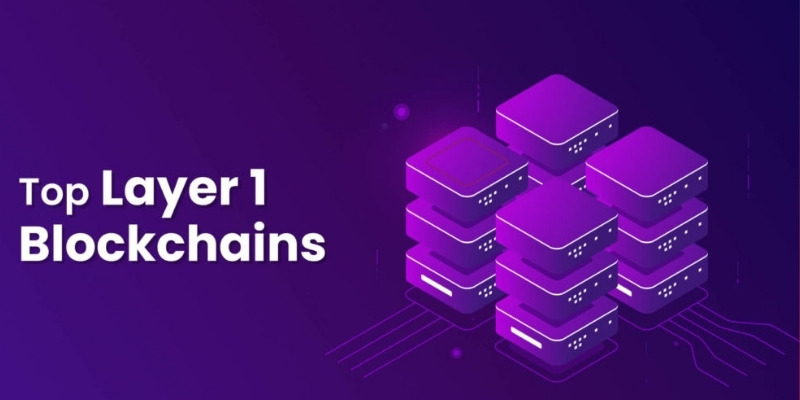
Advantages and disadvantages of Blockchain Layer 1
Advantages Blockchain Layer 1
High security: Layer 1 blockchains are typically built with robust consensus mechanisms like Proof of Work (PoW) or Proof of Stake (PoS) to protect against attacks and ensure the integrity of the data. These mechanisms make it extremely difficult for malicious actors to alter the blockchain or manipulate transactions. The distributed nature of Layer 1 networks further enhances security by removing single points of failure, ensuring that data is replicated across multiple nodes.
True decentralization: One of the key benefits of Blockchain Layer 1 is decentralization, which ensures that no central authority controls the network. All participants in the network are on equal footing, with transactions validated by a consensus process. This eliminates the need for intermediaries, reduces the risk of censorship, and promotes fairness and transparency.
Scalability: While scalability has traditionally been a challenge for Layer 1 networks, many blockchain platforms are introducing innovative solutions to improve transaction throughput. For instance, Ethereum has adopted sharding, which divides the blockchain into smaller segments, while other networks like Solana use advanced consensus mechanisms to process transactions faster and more efficiently. These advancements are crucial for enabling Layer 1 blockchains to support a growing number of users and applications.
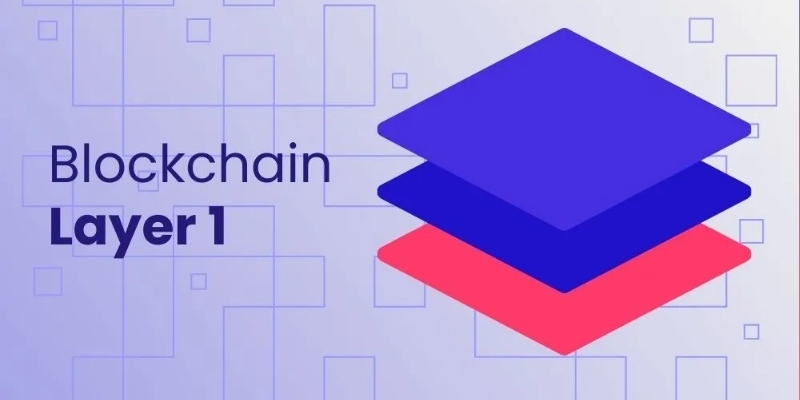
Disadvantages Blockchain Layer 1
Slow transaction speed: Despite the advancements in scalability, Layer 1 blockchains often face limitations when it comes to transaction speed. Bitcoin and Ethereum, for example, can only handle a limited number of transactions per second, which can lead to congestion during periods of high demand. This results in slower processing times and delayed transaction confirmations, which can negatively impact user experience.
High fees: High transaction fees can be a significant drawback for users on Layer 1 networks, particularly during times of congestion. For example, Ethereum has faced criticism for its high gas fees, which can become prohibitively expensive for smaller transactions. While solutions like Ethereum 2.0 aim to address this issue, high fees remain a challenge for many users.
Limited flexibility: Layer 1 blockchains often have less flexibility in terms of customization compared to Layer 2 solutions or other platforms. While they provide a solid foundation for blockchain applications, they may not always meet the specific needs of every use case. This can limit the adaptability of Layer 1 networks and make them less suitable for certain applications that require higher levels of customization or advanced features.
Blockchain Layer 1 plays a crucial role in the blockchain ecosystem, validating transactions, securing data, and supporting decentralized applications. While it offers outstanding security and decentralization, it still faces challenges in scalability and transaction costs. For further reading and other related articles on Blockchain, you can visit Tech Home Times.







